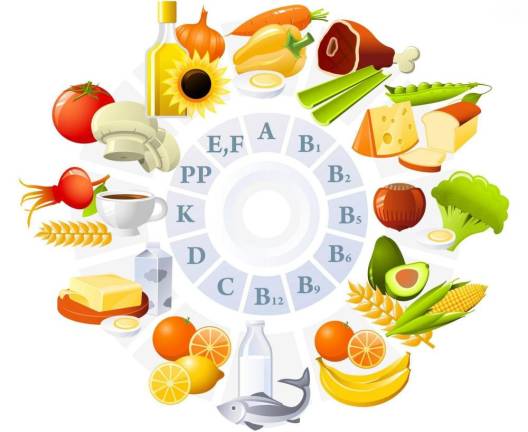Multi-Vitamin Myths and Realty
One in three people in the US today, pop a multi-vitamin pill to give us the right amount of nutrients and fill in the gaps in our regular diet. But it’s important to figure out how much your body really needs. “Overdosing” on some supplements can be detrimental to your health.

Half of all American adults take a vitamin pill every day. For some, like a woman who is pregnant or soon plans to be, this is a likely necessity. Without the pill, she’d have to eat about seven ounces of peanuts or a green veggie such as Brussels sprouts to get the 400 mcg of folate (vitamin B9) a day required to protect a developing fetus. Ditto for vegetarians and vegans whose animal-free food diets may not provide sufficient iron to ward off anemia.
As for the rest of us, the Centers for Disease control and Prevention says about one in every three bundle our nutrients. Instead of popping a handful of pills we choose a multivitamin, usually one tailored to our age and gender.
The aim, of course, is to fill in the gaps in our regular diet by getting the vital nutrients we need to live longer, lower our risk of cancer and heart disease, and maybe even build a better brain. Which raises two questions. First, does the mega multi really do the job. Second, are there any downsides.
The results are mixed. While two studies dating back to 2001 suggest a lower risk of cancer (but not mortality) among men and women taking multis for up to 11 years, recently released data from Boston’s Brigham and Women’s Hospital and Seattle’s Fred Hutchinson Cancer Research Center study show a different picture.
The study in question is called COSMOS, short for COcoa Supplement and Multivitamin Outcomes. As the name implies, this trial with 21,442 male and female volunteers was designed to see whether of daily doses of antioxidative, anti-inflammatory, and antiviral cocoa compounds called flavanols or a common multivitamin would protect against heart disease, stroke, cancer. The surprising good news was that the multi improved recent memory. i.e. the ability to remember and repeat back a list of 20 words. The unsurprising news is there was no reduction in the risk of cancer, heart disease or death for either gender.
Which bring us to the possible problems. Vitamins come in two forms: water soluble and fat soluble. The first, such as vitamin C and the Bs dissolve in water, so if you take more than the required amount the over dose will simply flush away in your urine or sweat. But fat-soluble vitamins such as A (found in the yellow pigments in veggies such as carrots) and D (in fatty fish make their way into your body fat. It’s unlikely that you can overdose on these nutrients from food but too much in supplements will linger long in body fat. Once there, overdoses of D may upset your kidney and stomach; too much A can lead to changes to vision, bone pain, and skin changes.
So before you reach for that bottle figure out how much you really need and whether you’re already getting it from food. For example, men should get 90 mg of vitamin C a day, women 75 mg. One medium orange has 83 mg ; a 6 oz glass orange juice 93 mg. You can find the whole list of DRIs (Recommended Dietary Allowances) at https://www.fda.gov/media/99069/download and what’s in every food you’ll ever eat at https://fdc.nal.usda.gov/ The two sites are well worth clicking. As Larry Appel, M.D., director of the Johns Hopkins Welch Center for Prevention, Epidemiology and Clinical Research says, “Pills are not a shortcut to better health and the prevention of chronic diseases. Other nutrition recommendations have much stronger evidence of benefits—eating a healthy diet, maintaining a healthy weight, and reducing the amount of saturated fat, trans fat, sodium, and sugar you eat.”
Anyone for a fat-free and sodium-free orange with no added sugar?